Roses: Rosa Hybrid Singin’ In the Rain Floribunda Rose
Written by H, Posted in Gardening
A couple of weeks ago, I shared the first photos of the Bolero Floribunda Rose bush that Wes and I planted. Today, we’re sharing photos of our Singin’ in the Rain Floribunda Rose, one of three rose varieties that we planted in our front garden this Spring.
On the receiving end of 6+ hours of sunlight each day, our front garden is the ideal spot for roses. Wes and I have been very impressed so far with the performance of our rose bushes so far this year. We water the roses regularly, and we’ve also been using a rose fertilizer every 10-14 days.
We got a few blooms right in the beginning, and then we trimmed the bush back. After fertilizing the first time, we saw thirteen more blooms, which we’ve since pruned back (and we’re now seeing more blooms). The Singin’ in the Rain Floribunda Rose is a brilliant copper-apricot peach coloured flower on a deep green leaf.
Admittedly, Wes and I have had some struggles with two of our rose bushes this year. Our Singin’ in the Rain Floribunda Rose and our Ten-Ten Hybrid Tea Rose have been plagued with sawfly larvae (more on that later). After treating the bushes and trimming them back, the new blooms appear unaffected.
Growing up to 6 feet tall and 4 feet wide, many people choose to use Singin’ in the Rain Roses as part of a plant hedge, by planting multiples of the rose bush in one place. Roses in general are also a great plant choice if you’re looking to attract bees to your garden.
You can see in the above photo how the hue of apricot/peach deepens with each new bloom. Older blooms are apt to be lighter in colour. The Singin’ in the Rain Floribunda Rose is an excellent specimen if you’re looking to trim and enjoy the cut flowers inside. Just beware that this specimen of roses has a thick spine and thorns.
If you’re looking to plant rose bushes in your yard, we’d recommend you choose to plant them in the Spring, in an area of your yard that receives lots of sunlight. Also, watering and regular fertilization is key. Wes and I have been using Miracle Gro, however there are other rose fertilizers on the market with good reviews. We are enjoying this particular rose variety, and look forward to many more blooms even before the end of this season!

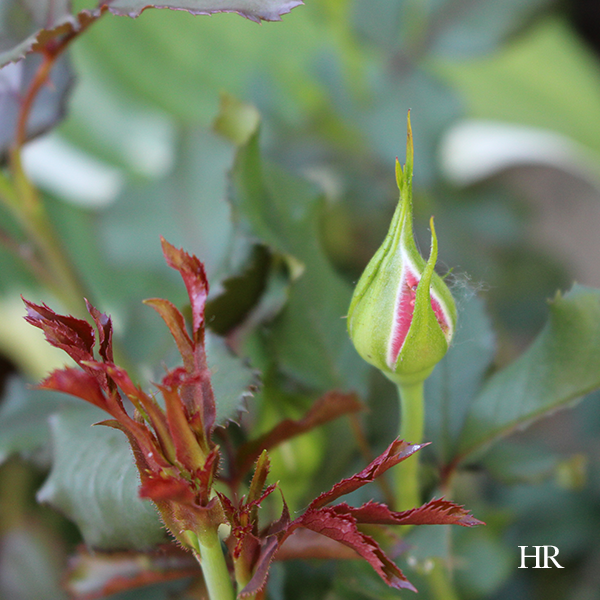
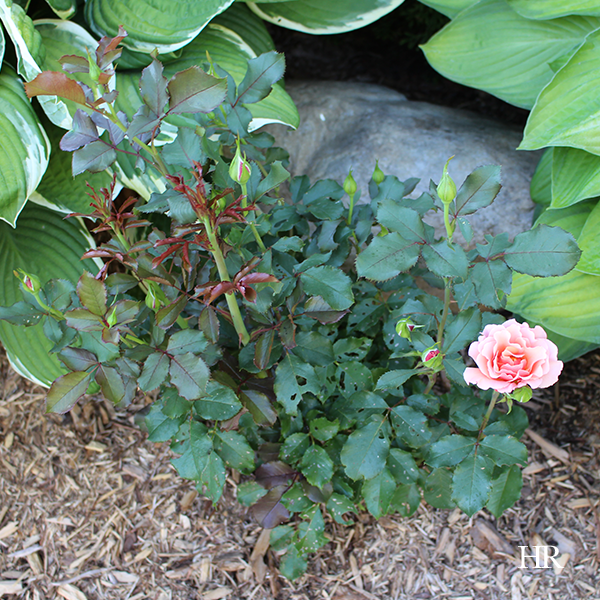
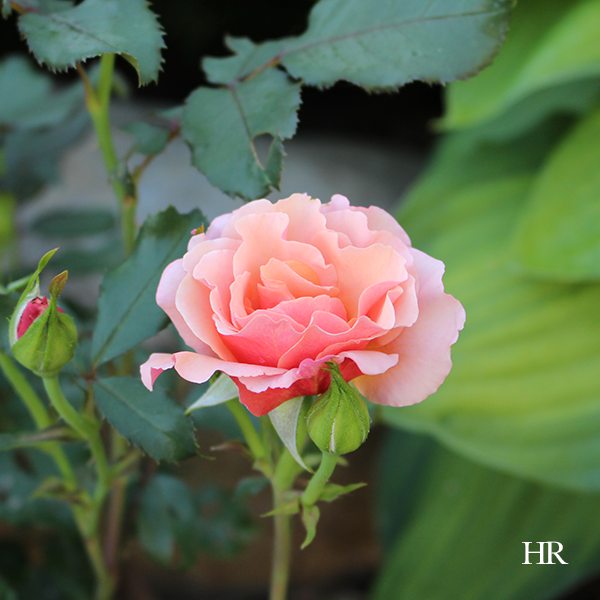
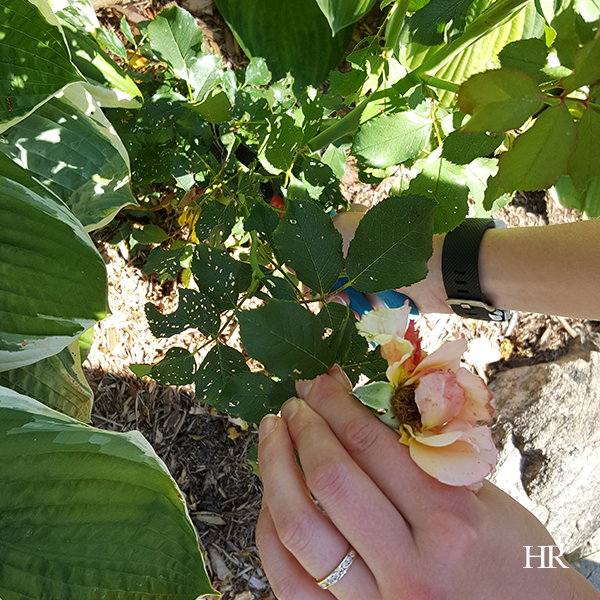
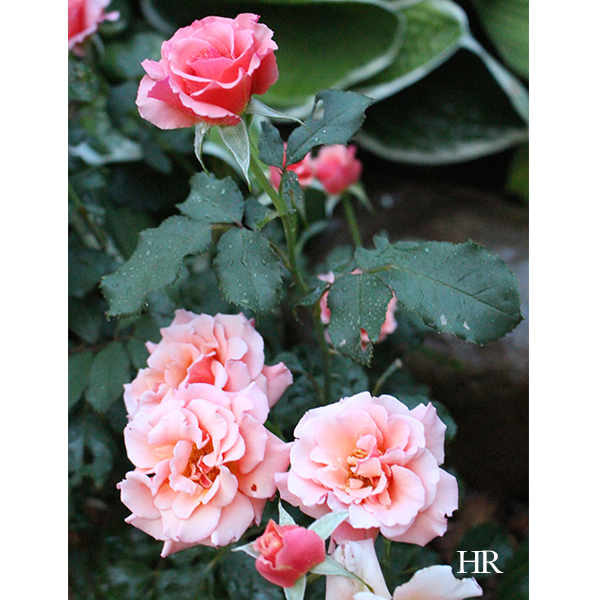
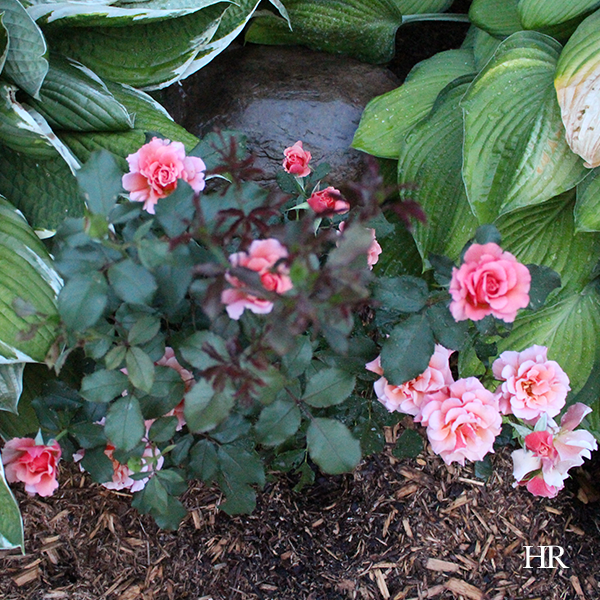
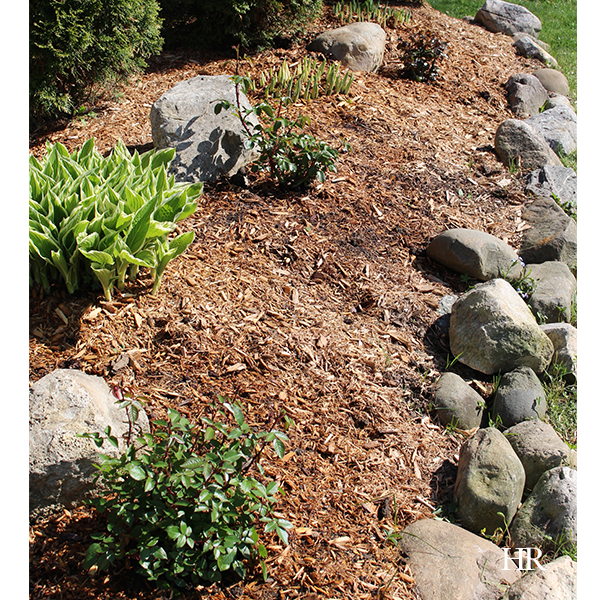
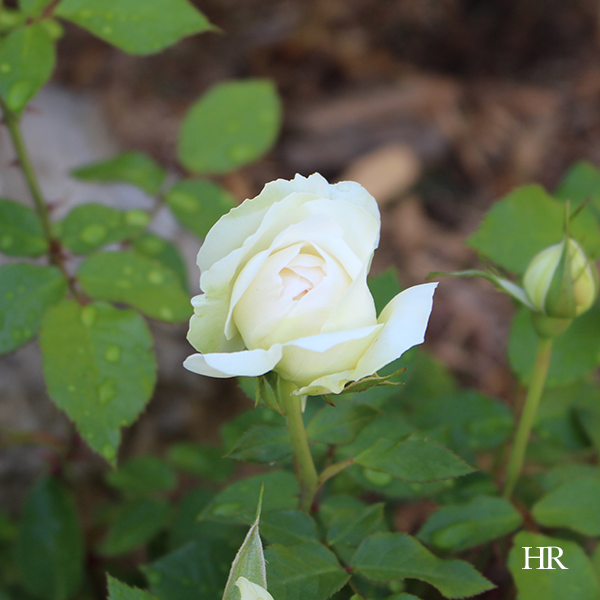
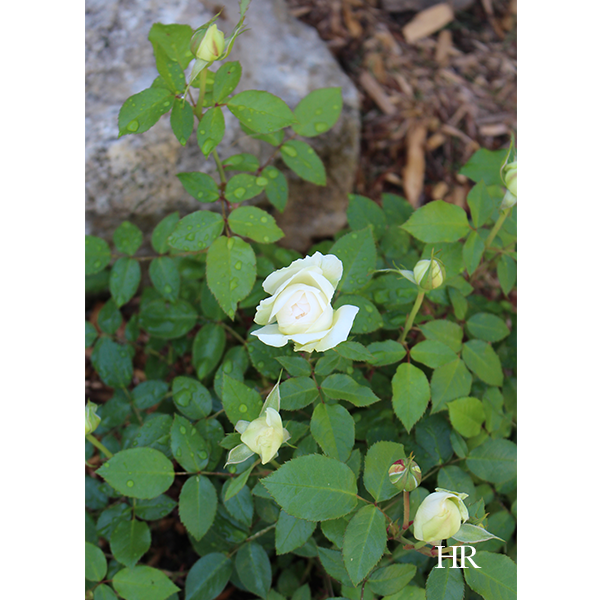
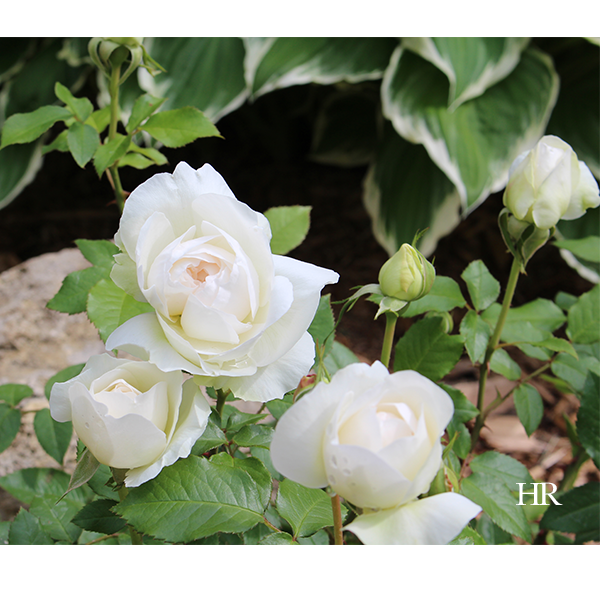
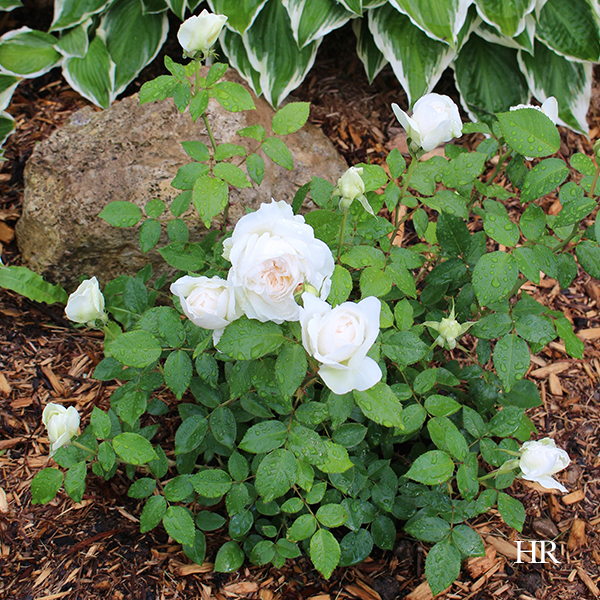
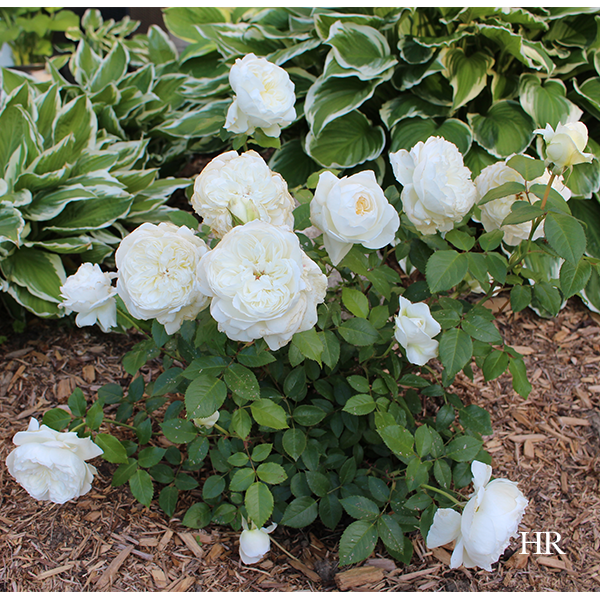

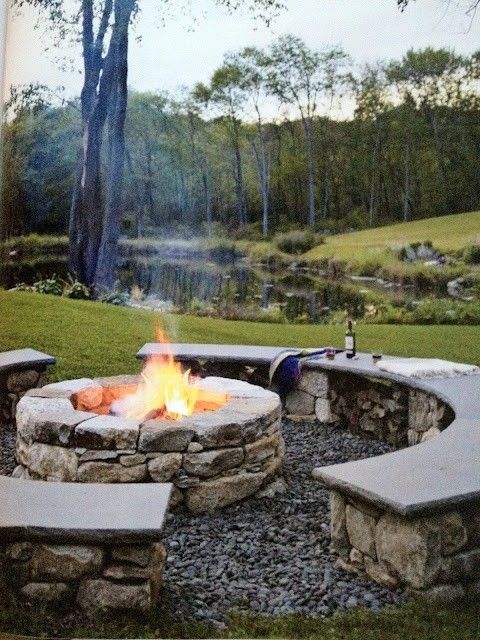
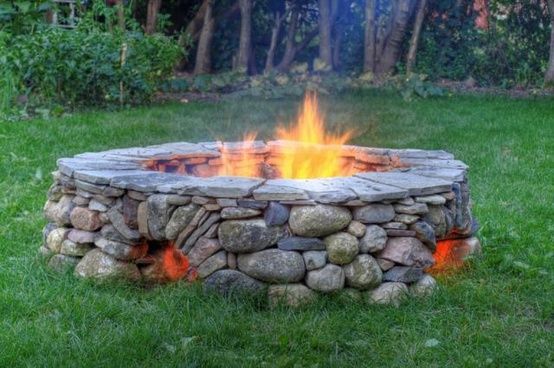
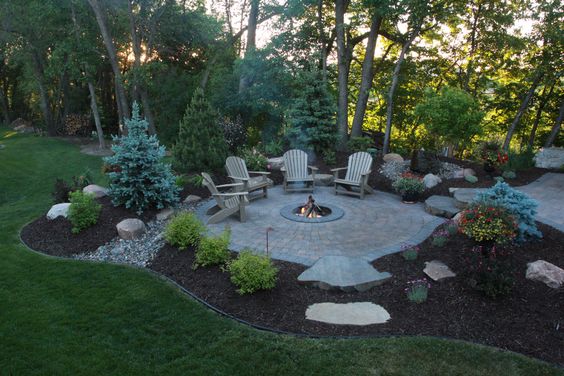
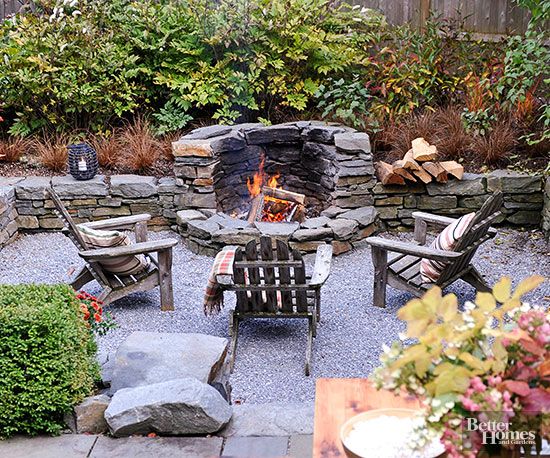
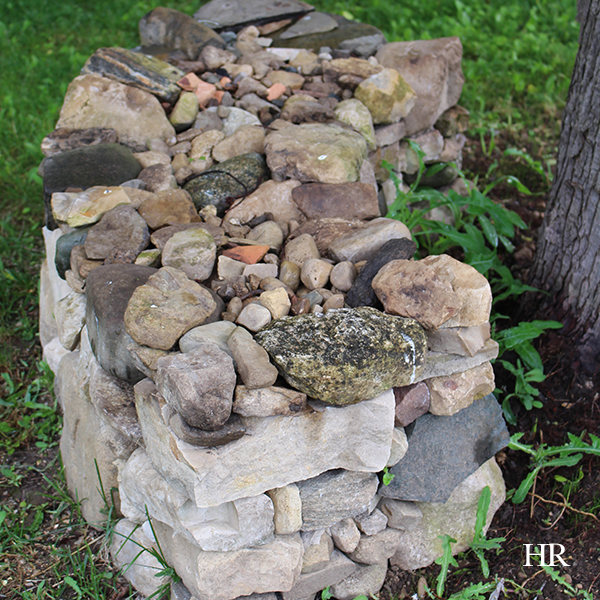
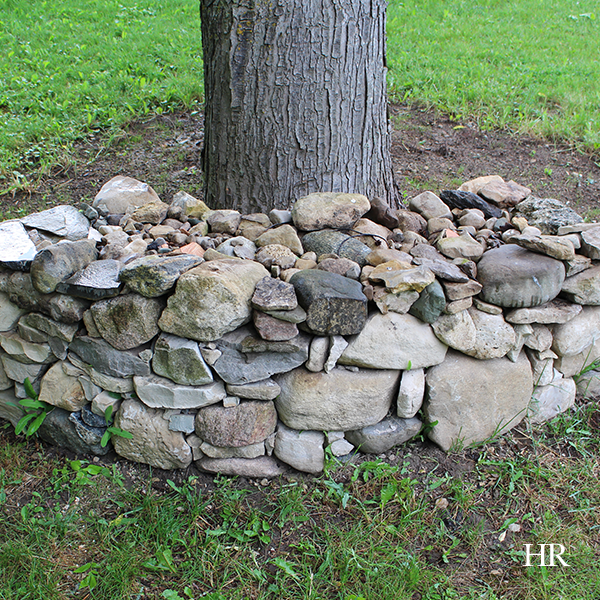
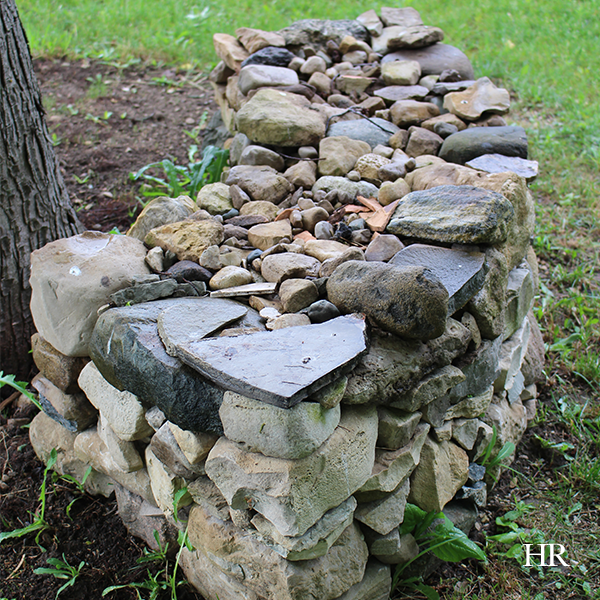
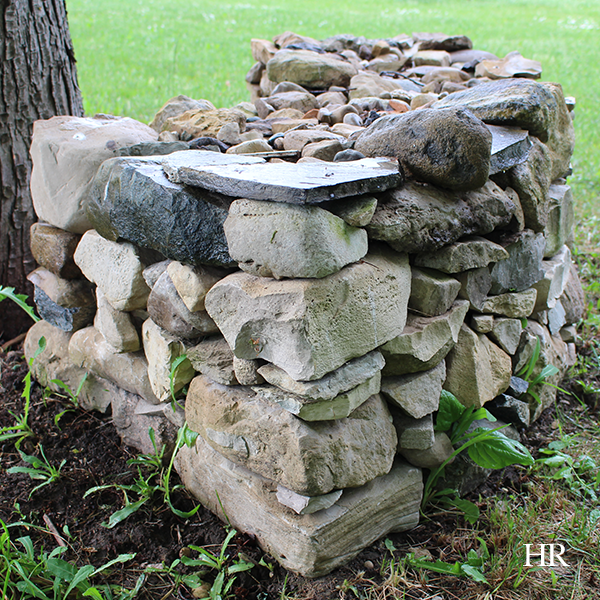
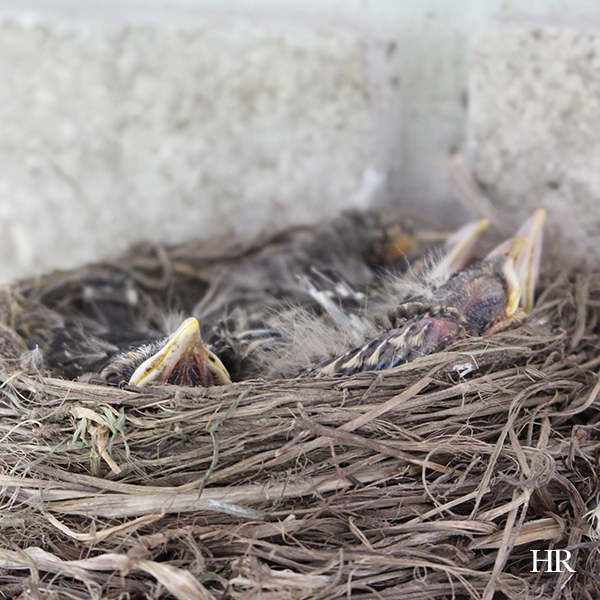
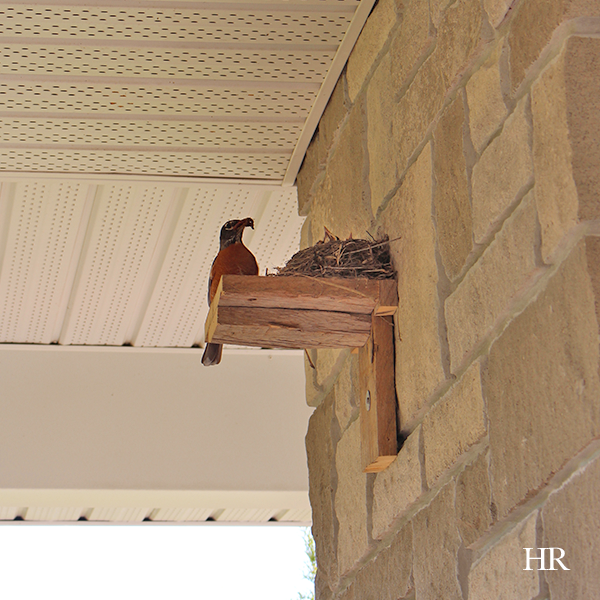
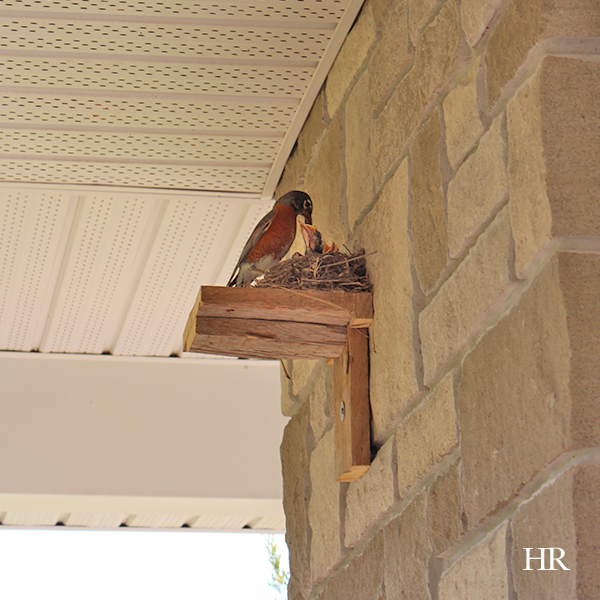
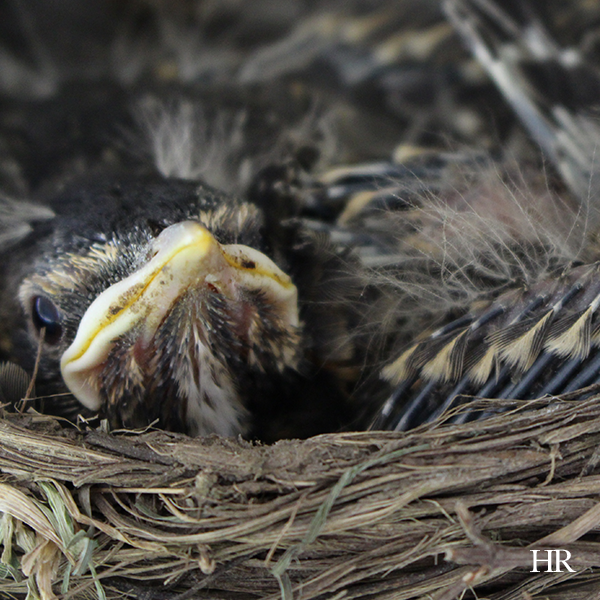
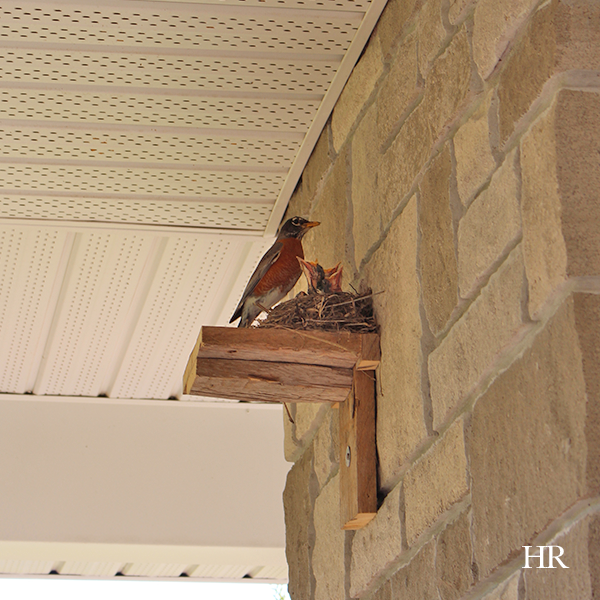
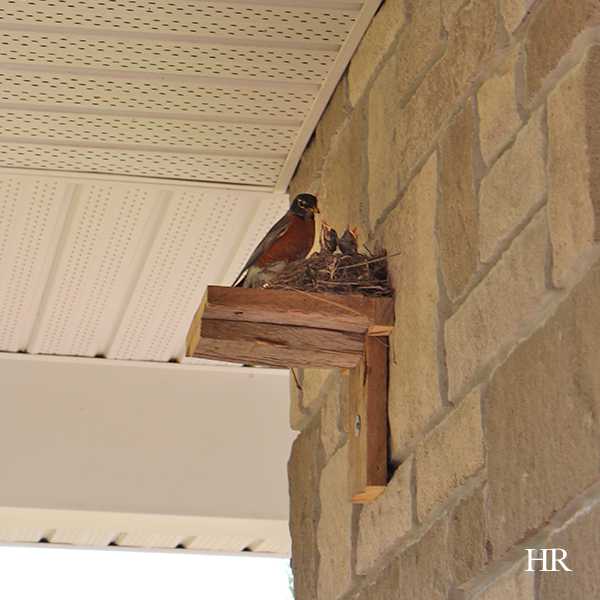
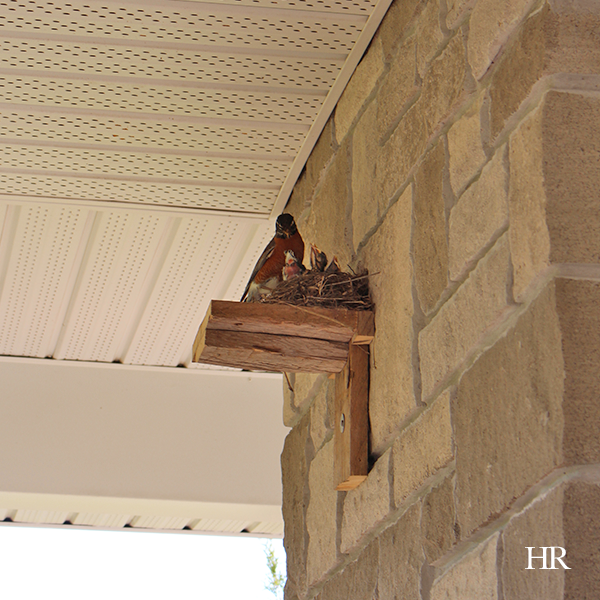
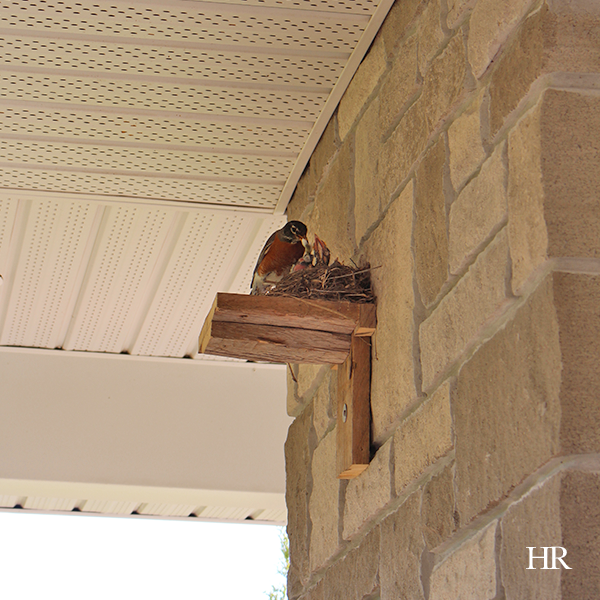
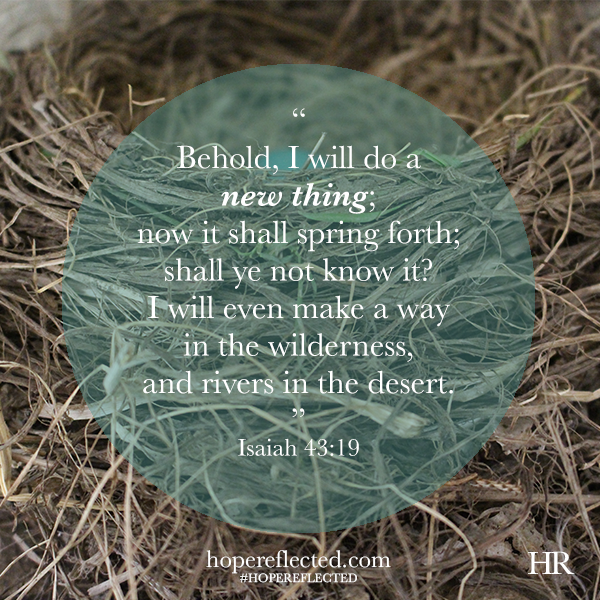
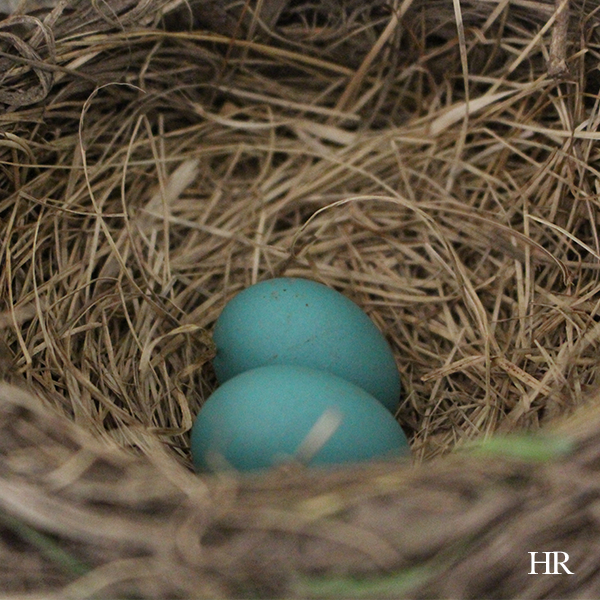
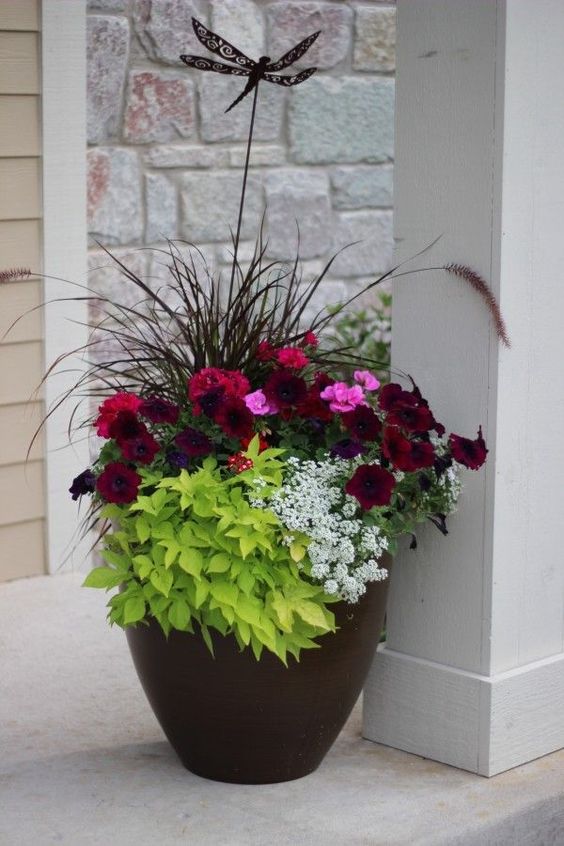
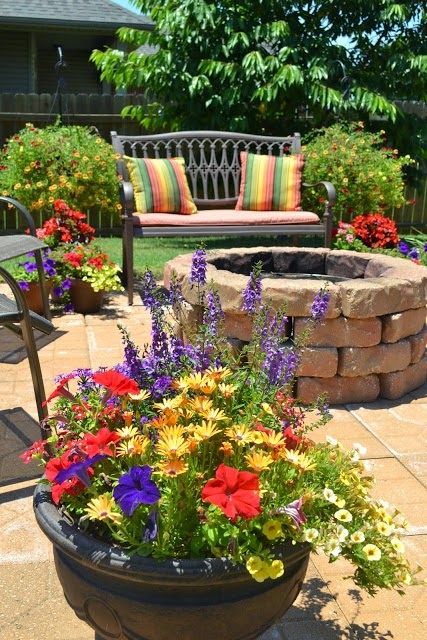
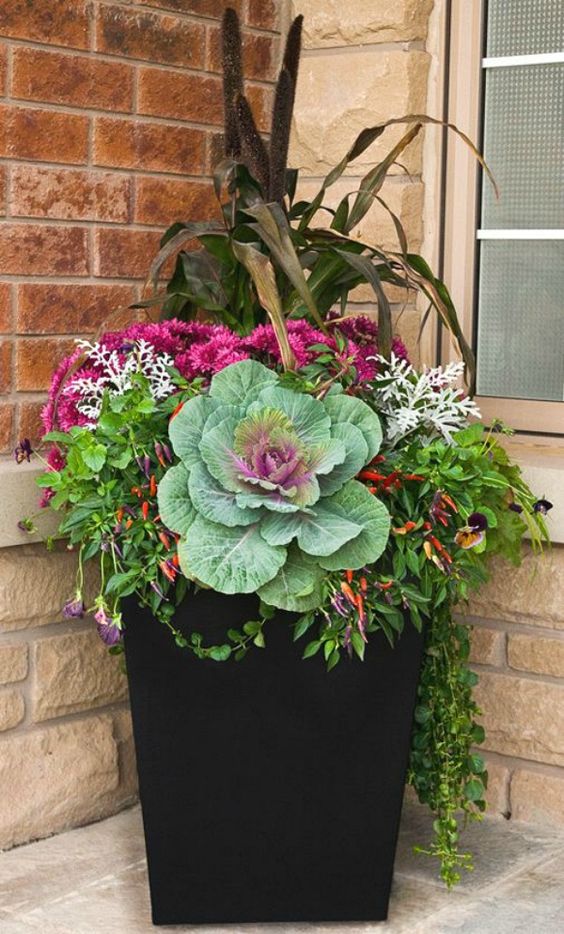
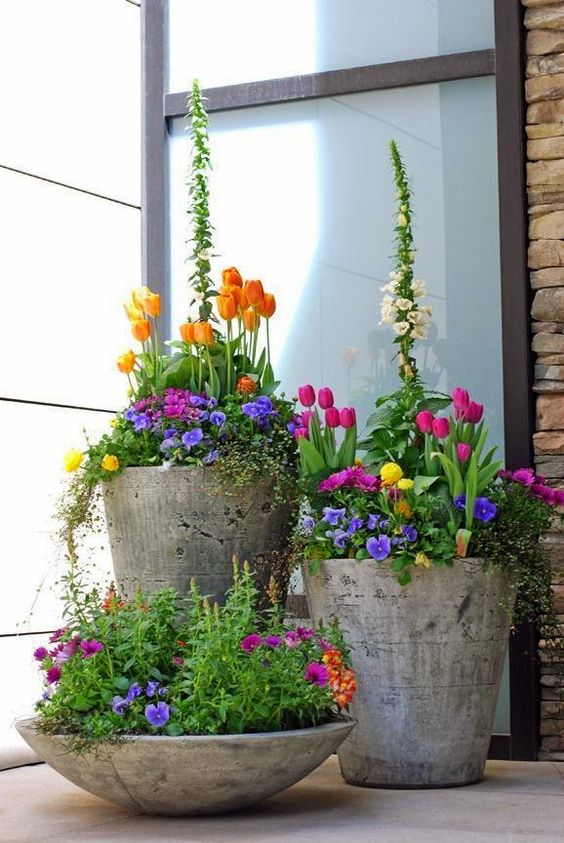
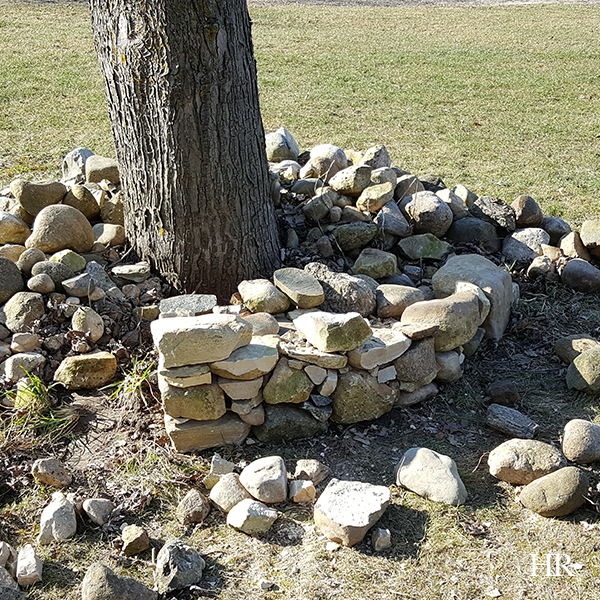
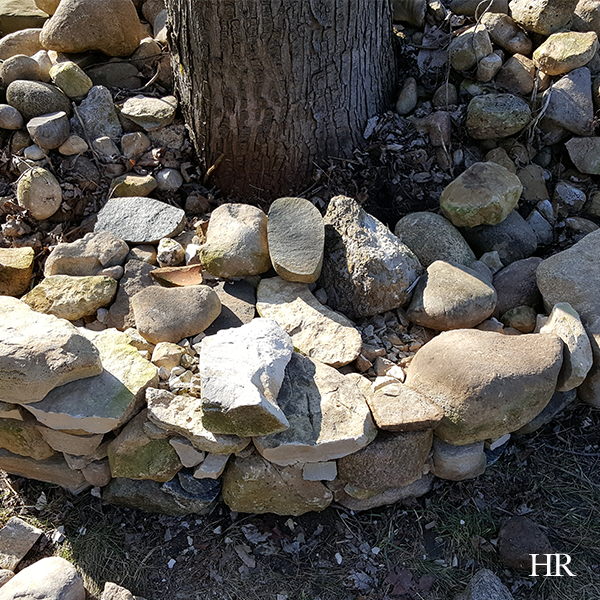
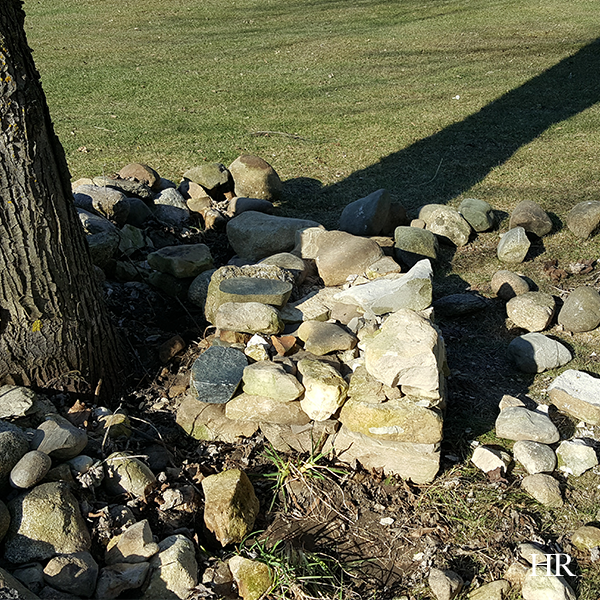

![False friends or counterfeit kindness; whatever you want to call it, the world is filled with people who will say one thing to your face and then another behind your back; people who will woo you in order to get something from you.
It’s sad, but it’s true.
The Bible provides us with examples from Joab to Judas, and yet, we’re surprised when we find ourselves deceived and hurt by someone else.
So what are some of the hallmarks of a true friend?
You can read more about this on hopereflected.com [Link in profile]
.
.
.
#friends #friendship #kindness #counterfeitkindness #hurt #proverbs #truefriends #hopereflected #blog #blogpost](https://www.hopereflected.com/wp-content/plugins/instagram-feed/img/placeholder.png)